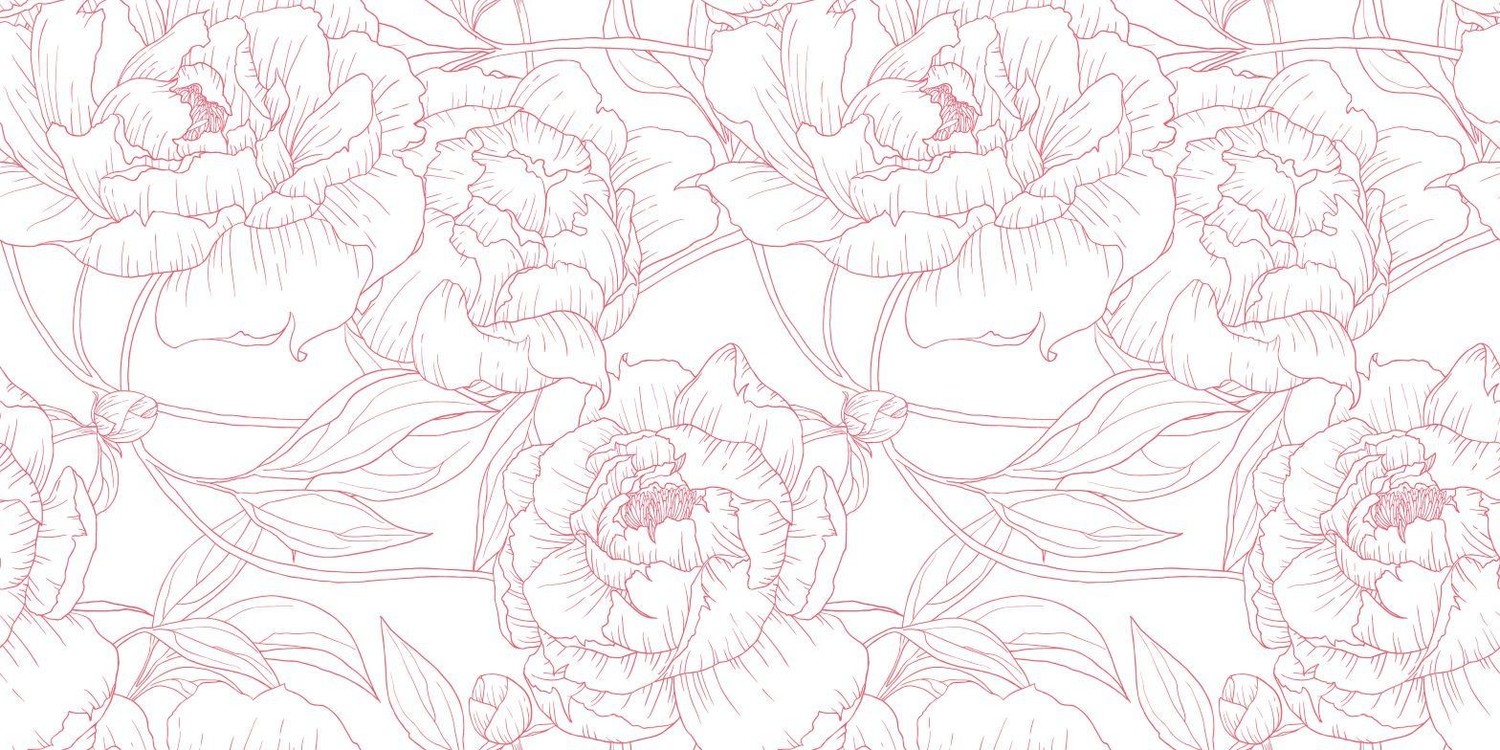
When we think of therapy for relationship issues, couples therapy often comes to mind. But the truth is, some of the most transformative relationship work happens one-on-one in individual therapy.
Individual therapy can be a powerful place to understand the patterns, emotions, and attachment wounds that shape how we relate — whether it’s to a partner, family member, or friend. It helps us see the invisible strings that pull us into familiar dynamics and gives us tools to move from reaction to choice.
Why Relationship Patterns Repeat
Most of us don’t consciously choose to repeat the same painful cycles in relationships. Yet we often find ourselves stuck in similar arguments, emotional distances, or unspoken tensions.
These patterns usually trace back to our attachment style: the way we learned to connect, seek closeness, or protect ourselves in early relationships.
-
Anxious (pursuing) attachment tends to seek reassurance, closeness, and emotional connection, sometimes fearing rejection or abandonment.
-
Avoidant (withdrawing) attachment tends to protect autonomy and emotional safety by minimizing needs or pulling away when things feel overwhelming.
These dynamics often play out as a pursuer–withdrawer pattern, where one person pushes for connection and the other retreats to regain stability. Over time, the dance becomes automatic: one person’s anxiety activates the other’s withdrawal, and both feel unheard, misunderstood, and alone.
In individual therapy, we slow down this cycle. Instead of reacting, we explore what’s happening internally; what the fear is beneath the behavior. For the pursuer, it might be the fear of being unimportant or left behind. For the withdrawer, it might be the fear of being criticized or engulfed.
Once we name what’s truly happening, new choices become possible. Instead of “you never talk to me,” it might become “I feel afraid I don’t matter.” That shift alone can change the tone of connection.
Schemas: The Deeper Emotional Blueprints
Beyond attachment, many people also carry schemas, which are deeply ingrained emotional templates that shape how we see ourselves and others. These are formed through early experiences and become unconscious “truths” about what relationships mean.
For example:
-
The Abandonment schema might make someone hyper-vigilant to signs of distance or rejection.
-
The Emotional Deprivation schema might lead someone to assume their needs will never be met, so they stop expressing them.
-
The Defectiveness schema might whisper, “If someone really knew me, they’d leave.”
When these schemas are triggered in relationships, we often respond in patterned ways: clinging, withdrawing, appeasing, or criticizing. In individual therapy, we learn to see these patterns without shame. We trace them back to their origins, understand what they were protecting us from, and then update them with adult awareness and compassion.
That process not only helps us communicate more clearly but also helps us discern:
-
Is this dynamic about the current relationship, or is it more historical?
-
Am I reacting to what’s happening now, or to what I fear might happen?
-
What do I truly need in this moment, and how can I express that more directly?
When We Feel “Stuck” in a Relationship
Sometimes therapy begins when someone feels torn; unsure whether to stay or go, or exhausted by the same painful argument that never seems to resolve.
Rather than rushing toward a decision, individual therapy helps us understand the system we’re part of. We explore questions like:
-
What role am I playing in this pattern?
-
What fears or hopes keep me in it?
-
What would it look like to respond differently, and to step out of the familiar dance?
This process is not about blame, but about agency. When we understand why we react the way we do, we gain room to choose something new. That’s the heart of relational growth: learning to stay connected to ourselves while staying connected to others.
Expanding Awareness Beyond Romantic Relationships
While couples often bring these themes into focus, the same dynamics appear in family and friendship contexts.
Maybe you find yourself always being the peacemaker in your family, or the caretaker among friends; taking responsibility for everyone’s feelings. Maybe you notice resentment building when your efforts aren’t reciprocated, or guilt when you try to set a boundary.
These are relational patterns too, often shaped by attachment and schemas.
Through individual therapy, we begin to map how these patterns formed and how they’re maintained in the present. We practice new ways of relating that are grounded, self-aware, and boundaried — rather than reactive or self-sacrificing.
Learning to name your needs, tolerate discomfort, and express truth with kindness are all relational muscles that grow stronger through individual therapy. When you strengthen those skills in one relationship (including the therapeutic one), they naturally ripple into others.
From Insight to Action: Building New Choices
Understanding your attachment style or schema is only the beginning. Therapy helps you live differently (not just think differently). That’s where approaches like Emotion-Focused Therapy, Schema Therapy, and Depth Therapy intersect beautifully.
Through these frameworks, therapy offers:
-
Insight into how early experiences shaped your emotional responses.
-
Strategy for changing patterns: learning when to soothe yourself, when to reach out, and how to communicate needs safely.
-
Choice: the ability to pause, recognize an old pattern, and choose a new response that aligns with your present self, not your past fear.
In other words, therapy creates space between the trigger and the reaction; a space where healing can happen.
When You Do the Inner Work, Relationships Shift
One of the most rewarding parts of individual therapy is seeing how outer relationships begin to change as your inner world becomes more coherent.
As you develop greater emotional awareness, boundaries, and compassion, others often respond differently. Even if the other person never comes to therapy, your clarity alters the dynamic.
You may find yourself:
-
Arguing less reactively.
-
Feeling less anxious or guilty after setting boundaries.
-
Communicating from authenticity rather than fear.
-
Choosing relationships that feel more reciprocal and grounded.
Not every relationship will heal — but you will. And from that healing, you’ll relate in ways that invite growth, honesty, and mutual respect.
The Relationship with Yourself Sets the Tone
Ultimately, the relationship that sets the tone for all others is the one you have with yourself.
Individual therapy helps you return to that center, where you can be both compassionate and accountable, both open and boundaried.
It’s from that grounded self that you can truly connect with others, not from old scripts or survival patterns.
When you invest in your own growth, you change not only how you show up but also what kinds of relationships feel possible. The shift is quiet but profound: from confusion to clarity, from reaction to response, from repeating to rewriting.
____________________________________
Meet Rebecca Steele, Registered Social Worker, Psychotherapist (MA, MSW, RSW, CCC)
Rebecca is a Waterloo-based trauma therapist offering virtual counselling across Ontario. With over a decade of experience, she helps adults navigate trauma, anxiety, OCD (including “Pure O” presentations), and self-esteem. Her insight-driven depth therapy approach supports self-understanding, emotional healing, and lasting change. Book an appointment or learn more about her online therapy services.
Located outside Ontario? You can explore Rebecca’s coaching and consulting offerings here.





